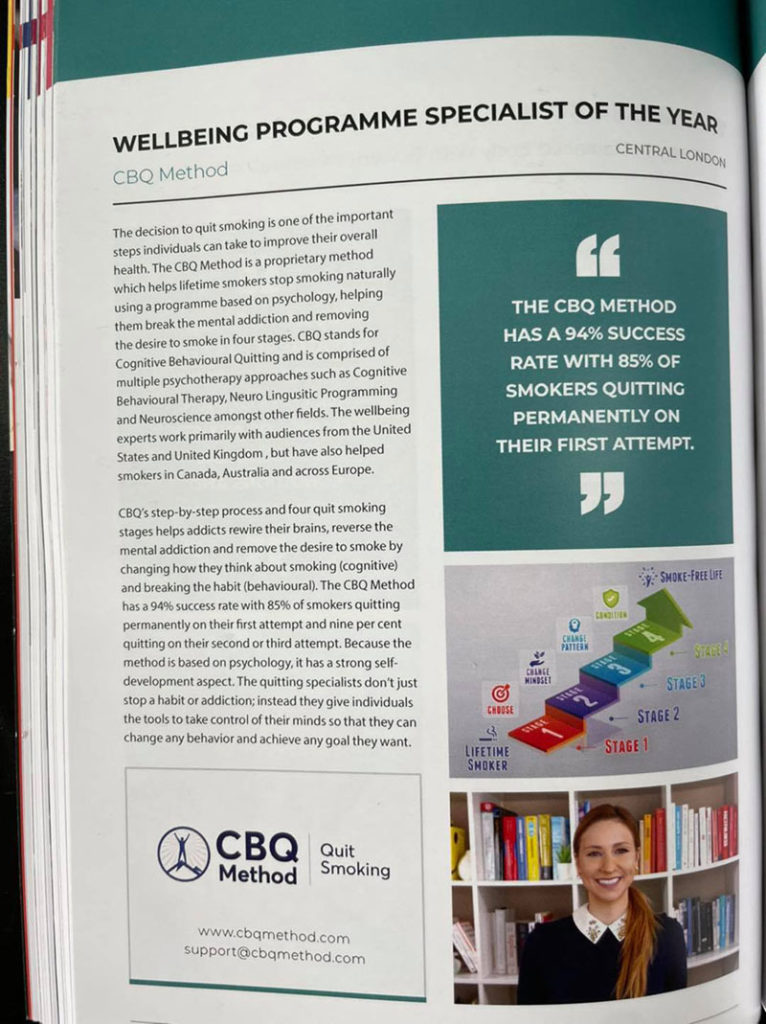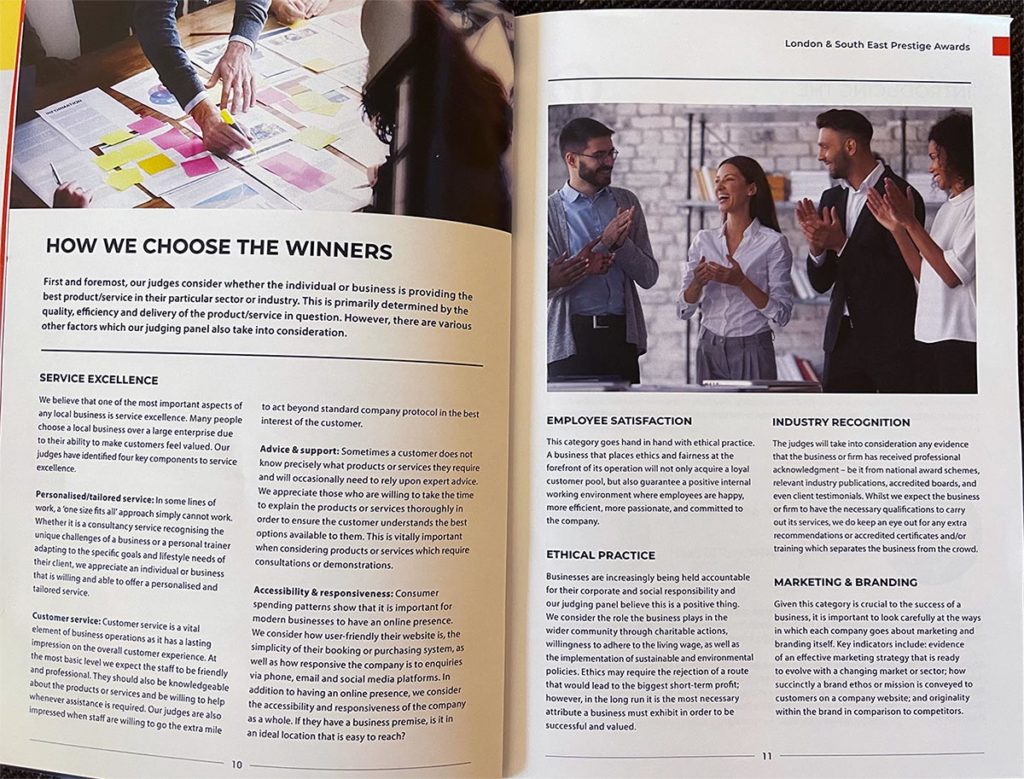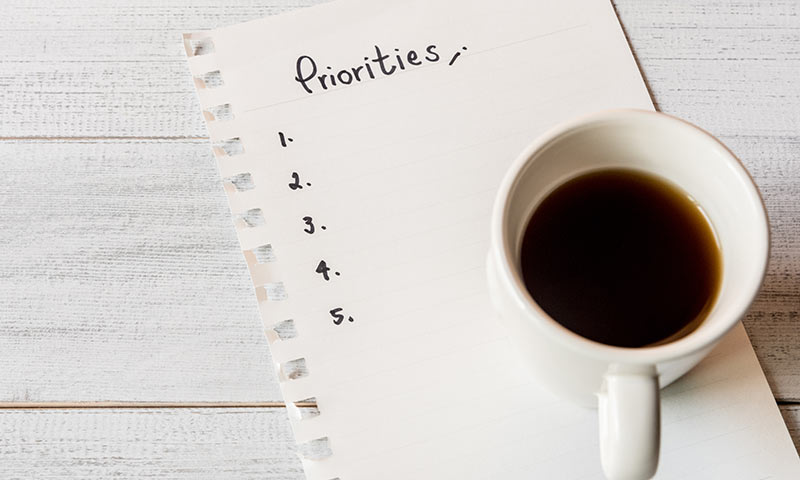Welcome to episode #17 of Ask an Ex.
In this interview, our member Amberly from the US shares her story of how she quit smoking with the CBQ Method – and after trying to quit before by going cold turkey and using willpower.
Amberly smoked her last cigarette on the 31st of January 2020 and her biggest motivation was her health and her family.
Tune in to watch:
- What were the challenges she overcame after quitting smoking that would have made most people relapse.
- How she experienced the nicotine withdrawal when she quit cold turkey and how her experience was different with the CBQ Method.
- What event released her emotionally from smoking.
Thank you, Amberly!
About Ask An Ex
ASK AN EX is a new interview series. Each interview features an inspiring ex-smoker who succeeded with the CBQ Method™
And they tell you everything – how they did it, what helped them, what challenged them, their fears, motivations and aspirations.
Because the best person to ask about quitting smoking, is an Ex who’s been exactly where you are right now. Every EX shares their unique perspective and wisdom on quitting smoking (because everyone has a unique mix of background, mindset, and experiences).
And they do it for 1 reason: to help YOU become an EX too.

















